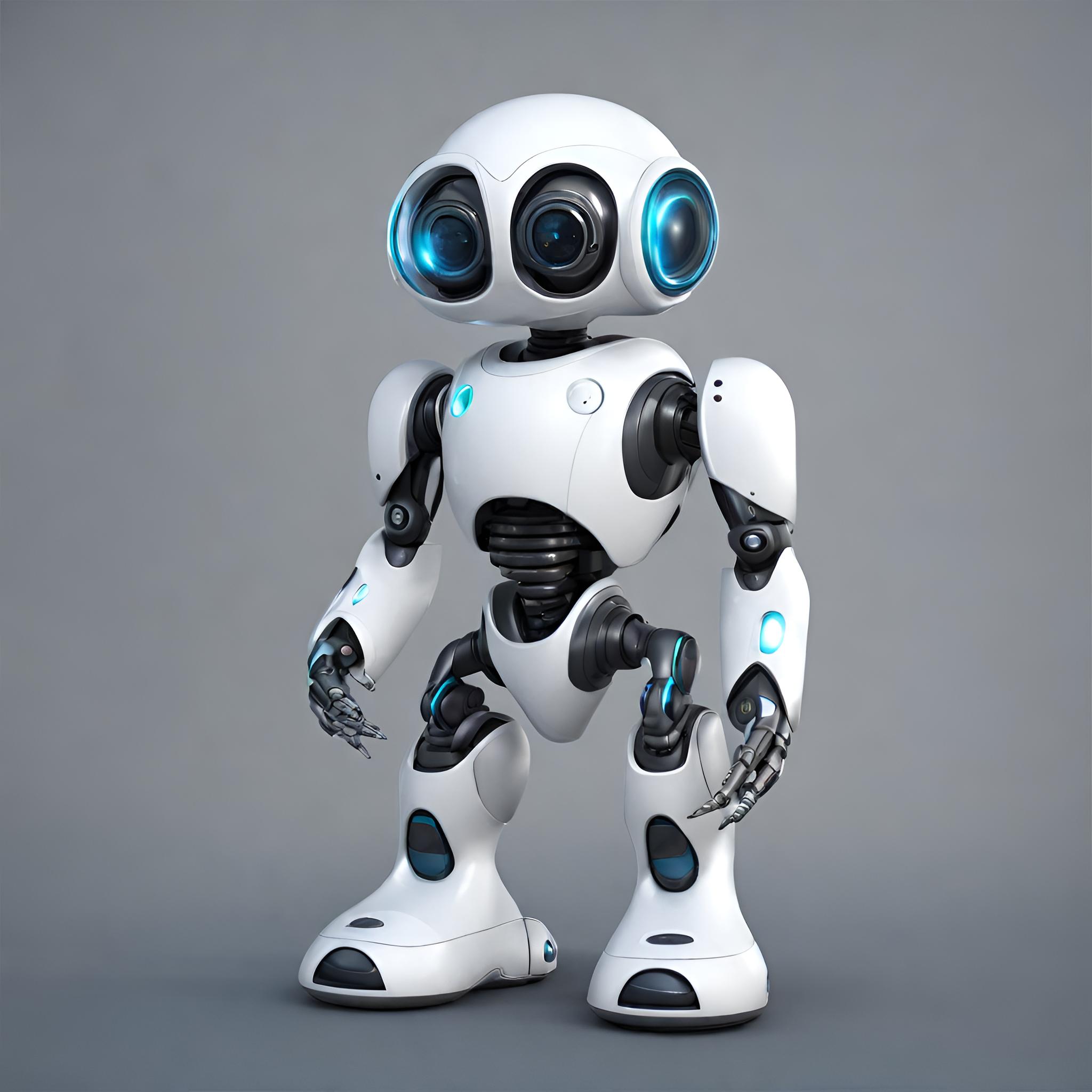AI & Live Chat: Cross-Platform Consistency Strategies

Challenges in Harmonizing AI and Live Chat
While the integration of AI chatbots and live chat platforms brings many advantages, it also presents unique challenges. One of the main challenges is ensuring a seamless experience across different platforms. AI chatbots may be trained on specific websites, social media platforms, or messaging apps, and ensuring consistency in their responses across these platforms can be a complex task. Additionally, AI chatbots may have limitations in understanding and interpreting customer queries accurately, leading to disjointed and inconsistent responses.
Another challenge is maintaining a human-like conversational flow. AI chatbots are designed to mimic human interactions, but they can sometimes come across as robotic or impersonal. Achieving a conversational tone and providing personalized responses can be difficult, especially when dealing with complex queries or emotional customer interactions. Striking the right balance between automation and human touch is crucial for achieving cross-platform consistency.
Keeping up with evolving customer expectations and technological advancements is a constant challenge. Customers today expect quick, accurate, and contextually relevant responses. AI chatbots need to adapt to the changing needs and preferences of customers and integrate new features and technologies to provide a seamless experience. Staying up-to-date with the latest AI advancements and customer trends is essential to maintain cross-platform consistency.

Strategies to Achieve Cross-Platform Consistency
Despite the challenges, there are several strategies that businesses can implement to achieve cross-platform consistency when harmonizing AI and live chat.
1. Standardize Responses and Training
To ensure consistency across platforms, it is crucial to standardize the responses of AI chatbots. This can be achieved by creating a comprehensive knowledge base that includes frequently asked questions, product information, and troubleshooting guides. Training the AI chatbot on this knowledge base ensures that it provides consistent and accurate responses across platforms. Regular updates and maintenance of the knowledge base are essential to keep the AI chatbot up-to-date with the latest information.
2. Natural Language Processing (NLP)
Natural Language Processing (NLP) plays a vital role in improving cross-platform consistency. NLP algorithms enable AI chatbots to understand and interpret customer queries accurately, even when faced with variations in language or phrasing. By implementing NLP, businesses can ensure that the AI chatbot provides consistent responses across different platforms, regardless of the specific wording used by customers.
3. Oversight and Intervention
While AI chatbots are designed to handle customer queries autonomously, human oversight and intervention are essential for maintaining cross-platform consistency. Human agents can monitor and review conversations to identify any inconsistencies or errors in the AI chatbot’s responses. They can also step in when a query requires a more personalized or complex response. This combination of AI automation and human intervention ensures that customers receive consistent and high-quality support across platforms.
4. Improvement and Adaptation
To achieve cross-platform consistency, businesses must continuously improve and adapt their AI chatbot strategies. This involves monitoring customer interactions, analyzing data, and identifying areas for improvement. Regularly updating the AI chatbot’s training data, incorporating user feedback, and integrating new technologies and features are crucial to stay ahead of customer expectations and maintain cross-platform consistency.

Harmonizing AI chatbots with live chat platforms offers immense potential for businesses to enhance customer service and support experiences. However, achieving cross-platform consistency can be challenging. By employing strategies such as standardizing responses, implementing NLP, allowing for human oversight, and continuously improving and adapting, businesses can overcome these challenges and provide a seamless and consistent support experience across platforms. With AI and live chat, businesses can create a harmonious and efficient customer service ecosystem that drives customer satisfaction and loyalty.
FAQs
1. How can AI chatbots improve customer service?
AI chatbots can improve customer service by providing quick and accurate responses to customer queries, offering 24/7 support, and personalizing interactions. They can handle a large volume of inquiries simultaneously, freeing up human agents to focus on more complex issues.
2. What is the role of NLP in achieving cross-platform consistency?
NLP enables AI chatbots to understand and interpret customer queries accurately, even when faced with variations in language or phrasing. It plays a crucial role in ensuring that the AI chatbot provides consistent responses across different platforms.
3. Why is human oversight important in harmonizing AI and live chat?
Human oversight is essential for maintaining cross-platform consistency. Human agents can monitor and review conversations, identify inconsistencies or errors in the AI chatbot’s responses, and provide a more personalized or complex response when needed.
4. How can businesses adapt their AI chatbot strategies?
Businesses can adapt their AI chatbot strategies by monitoring customer interactions, analyzing data, and identifying areas for improvement. Regularly updating the AI chatbot’s training data, incorporating user feedback, and integrating new technologies and features are crucial to stay ahead of customer expectations.
5. What are the benefits of harmonizing AI and live chat?
Harmonizing AI and live chat offers benefits such as increased efficiency, improved customer satisfaction, personalized interactions, and the ability to handle a large volume of inquiries simultaneously. It creates a seamless and consistent support experience across platforms, enhancing the overall customer service ecosystem.




